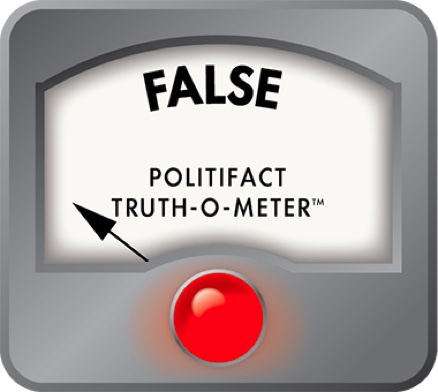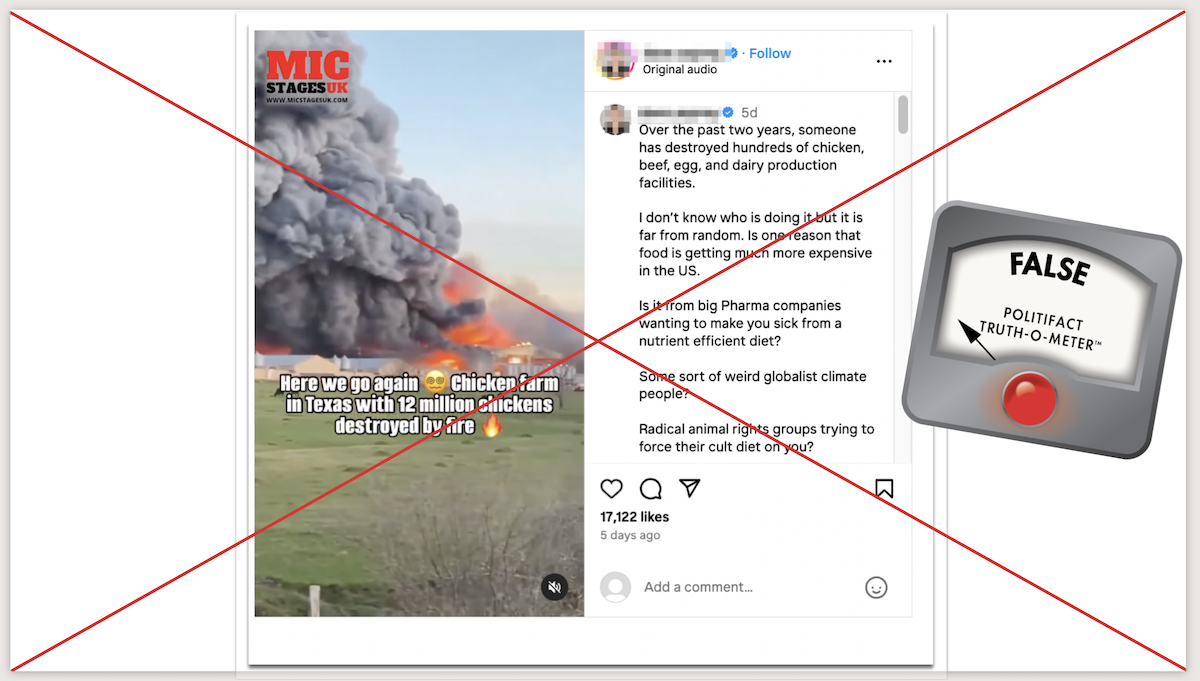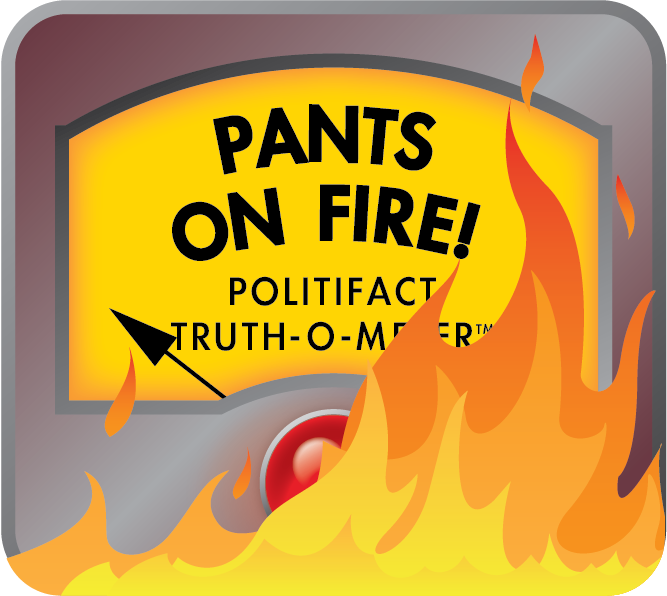Chicken farm fires have been making headlines recently, raising concerns about the safety and security of our food system. But what’s really behind these blazes? Are they just unfortunate accidents or signs of something more sinister? I decided to dig into this issue and uncover the truth.
The Alarming Trend
In the past few years, there seems to have been an uptick in barn and chicken coop fires across America. While comprehensive data is lacking, anecdotal reports suggest a worrying pattern
-
In 2022, a fire destroyed a chicken house in Lebanon, Pennsylvania, killing 250,000 chickens.
-
Another 2022 blaze in Connecticut killed over 100,000 chickens at a farm in Bozrah.
-
Most recently, a huge fire at Feather Crest Farms in Texas destroyed one chicken house and killed an undisclosed number of chickens. Some reports speculated as many as 12 million chickens perished, but the farm’s CEO said the number was “far less.”
While these high-profile incidents are certainly catastrophic for the farmers involved, are they connected in some way or just unfortunate coincidences?
Examining the Potential Causes
To understand the factors behind chicken farm fires, we need to take a close look at the potential causes:
Aging Infrastructure
Many chicken barns and coops in operation today are decades old. Outdated wiring, electrical systems, and building materials all contribute to fire risks. Regular maintenance can help mitigate these issues, but many farmers lack the time and resources for adequate upkeep.
Dust and Debris
The dusty environment inside chicken coops provides ample fuel for fires. Accumulation of dry manure, loose feathers, feed particles, and other debris creates a dangerous tinderbox effect.
Ventilation Issues
Proper ventilation is essential for reducing dust and preventing electrical overheating. However, lack of adequate circulation contributes to fires taking hold rapidly in many aging structures.
Equipment Malfunctions
Feed conveyors, lighting systems, and heating units rely on complicated electrical systems that can short out and spark fires. Damage from rodents can also lead to malfunctions.
Extreme Weather
From lightning strikes to heatwaves, severe weather presents added risks of igniting structural fires.
Arson
While not a primary cause statistically, deliberate arson has occurred, often tied to ideological extremism regarding animal rights or the food system. Vandalism can also lead to accidental fires.
Employee Negligence
Carelessly discarded cigarettes, improper use of gasoline or electrical equipment, and general lack of safety awareness result in preventable fires. Proper worker training is essential.
Statistical Context
While the recent fires seem jarring, data shows agricultural fires are fairly common. The National Fire Protection Association reports an average of 930 structure fires annually at livestock facilities from 2014-2018.
The Animal Welfare Institute documents hundreds of thousands of farm animals dying in barn blazes each year. Most result from electrical or heating malfunctions, not arson.
Conspiracy Theories Debunked
Despite the prevalence of farm fires, authorities have found no evidence of a coordinated attack on America’s food system.
Independent fact-checkers confirm investigations found the fires accidental and not criminal in nature. Speculation about targeted sabotage by shadowy forces appears unfounded.
Preventative Measures
While accidental, chicken farm fires are preventable with proper precautions:
-
Regular cleaning and manure removal
-
Installing modern ventilation systems
-
Routine inspection and maintenance of electrical systems
-
Implementing sprinklers and firebreaks
-
Using fire-resistant materials in new construction
-
Proper storage and disposal of flammable substances
-
Comprehensive worker training in fire prevention and response
With proactive steps, farmers can significantly reduce risks and safeguard their livelihoods. But it requires diligence and vigilance.
Looking Ahead
Barn fires at farms of all types will likely continue, but their frequency can be minimized by confronting the underlying conditions that allow them to spark and spread. Collective initiatives across the poultry industry to revamp aging infrastructure and adopt more stringent safety protocols would go a long way.
Farmers face many challenges, but with proper fire prevention knowledge and training, chicken producers can take control and better secure their flocks and facilities. By working cooperatively and sharing resources, America’s chicken farmers can overcome this threat.

Get PolitiFact in your inbo



- What caused a January fire at a Texas chicken farm is still under investigation, but authorities determined it was a noncriminal accident.
- The number of chickens killed isn’t clear, but the CEO of MPS Egg Farms, which owns the Feather Crest Farms, which caught fire, said it is “far less” than the 12 million cited in an Instagram post.
- Fires at farms and food production facilities are not uncommon. Electrical or heating device malfunctions often cause these fires, experts said.
Where there’s smoke, there may be fire … or conspiracy theories. At least there were after a massive fire at a Texas chicken farm resurfaced a long-running notion that anonymous forces are destroying farms and food production facilities to limit the food supply.
“Here we go again,” read the sticker text on a Feb. 21 Instagram video that showed a chicken farm up in flames. “Chicken farm in Texas with 12 million chickens destroyed by fire.”
The post’s caption said, “Over the past two years, someone has destroyed hundreds of chicken, beef, egg, and dairy production facilities. I don’t know who is doing it but it is far from random. Is one reason that food is getting much more expensive in the US.”
The caption named a number of possible villains, from “big pharma companies wanting to make you sick” to “weird globalist climate people.”
The video came from a Feb. 17 Instagram post from MicstagesUK, a British news and entertainment website. We found numerous social media posts sharing the video or making similar claims.
Sign up for PolitiFact texts
PolitiFact has debunked multiple similar claims since 2022 and found that authorities did not deem most fires suspicious; most of the fires were likely accidental, caused by electrical or mechanical failures.
A Jan. 29 fire at Feather Crest Farms outside of Bryan, Texas, destroyed two chicken houses, including one full of chickens, news outlets reported. As with previous fires we’ve investigated, there was nothing intentional about the fire, authorities said.

Authorities have not yet determined the chicken farm fire’s cause, but the Brazos County Sheriff’s Office determined it was a “noncriminal accident,” according to news reports.
Deputy Chris Searles told KBTX-TV that, “Somebody didn’t throw a match into the pile or anything. Sometimes it’s just we cannot figure out exactly what happened.”
Sam Krouse, CEO of MPS Egg Farms, which owns Feather Crest Farms, confirmed to PolitiFact in an email that authorities determined the fire was accidental, and said the cause is still under investigation.
Krouse said the company is not disclosing the number of chickens killed, “but it is far less than 12 million.”
That number “reflects our total number of laying hens nationwide, not the number in the one barn impacted by the fire,” he said.



Although how many chickens died in the fire is unclear, similar fires in recent years have killed tens of thousands of chickens. A 2022 fire that destroyed one chicken house at a Lebanon, Pennsylvania, farm killed about 250,000 chickens. A 2023 fire in a Bozrah, Connecticut, chicken coop killed about 100,000 chickens.
Fires at chicken farms and food processing plants are common. A 2022 National Fire Protection Association report found that from 2014 to 2018, there were about 930 structure fires annually at livestock or poultry storage facilities, which includes barns, stockyards and animal pens. Heating equipment or electrical equipment malfunctions were those fires’ leading causes, the report said.
Birgitte Messerschmidt, the association’s research director, told PolitiFact in 2022 that fires at food production sites are “nothing out of the ordinary.”
Animal Welfare Institute data shows that in 2023, more than 480,000 animals were killed in barn fires. That total includes about 300,000 chickens killed in fires at farms in Connecticut and Delaware. In 2020, 1.6 million animals died in barn fires, the institute said.
So far this year, more than 31,000 farm animals have died in fires, the institute said. Its data counted 10,000 chickens killed in the Texas fire but noted that the number is believed to be much higher.
The institute’s 2022 report on barn fires said “improper use of or malfunctioning heating devices and other electrical malfunctions” were suspected or determined to be what caused most of the fires.
An Instagram post claimed a Texas farm fire that killed 12 million chickens was part of a larger conspiracy to attack the nation’s food supply. The number of chickens killed, although undisclosed, was far fewer, said the farm’s CEO. And authorities have ruled the fire a “noncriminal accident.”
The claim is False.
Instagram post, Feb. 21, 2024 (archived)
Email interview, Sam Krouse, CEO of MPS Egg Farms, Feb. 23, 2024
National Fire Protection Association, Conspiracy Theory Brewing Over Chicken Farm Fires Is False, Experts Say, Feb. 1, 2023
National Fire Protection Association, Nothing to See Here, May 1, 2022
National Fire Protection Association, Fires in Animal Housing Facilities, 2022 report
Animal Welfare Institute, 2023 Barn Fire Statistics By State, updated Jan. 1, 2024
Animal Welfare Institute, 1.6+ Million Farm Animals Died in Barn Fires in 2020, Dec. 15, 2020
Animal Welfare Institute, 2024 Barn Fire Statistics By State, accessed Feb. 23, 2024
WHY are Chicken Farms around the U.S. BURNING DOWN? – Waking Up America – Ep 39
FAQ
Why are chicken carcasses scalded during processing?
… scalding step, carcasses are submerged in a hot water tank for a controlled duration and temperature to loosen the skin and facilitate the plucking process …Nov 14, 2022
Why is chicken farming bad for the environment?
Chickens generate approximately 5 to 6 lbs. of manure per bird every year. In large-scale poultry farms, the accumulation of waste can cause environmental issues such as soil and water pollution, air pollution, and greenhouse gas emissions.
Why are chicken farms closing?
However, the company cited financial difficulties, supply chain disruptions caused by the COVID-19 pandemic, and low chicken prices as contributing factors to its closure. Following the shutdown, farmers who had contracted with Pure Prairie faced immediate issues as payments and chicken feed deliveries ceased.
Why did a chicken farm fire start?
According to Fox9, the barn that houses chickens and manure caused the fire. Meanwhile, the fire at the egg farm comes a few weeks after millions of chickens were culled in the U.S. due to bird flu. Cage-free mandates from California and Massachusetts are also added to the egg shortage situation in the U.S.
What caused a Texas chicken farm fire?
Chicken farm fire that killed 12 million birds intentionally set. What caused a January fire at a Texas chicken farm is still under investigation, but authorities determined it was a noncriminal accident.
Are chicken farms a fire hazard?
Fires at chicken farms and food processing plants are common. A 2022 National Fire Protection Association report found that from 2014 to 2018, there were about 930 structure fires annually at livestock or poultry storage facilities, which includes barns, stockyards and animal pens.
Did a poultry farm fire kill 1 million chickens?
A poultry farm in southern Illinois housing at least 1 million chickens caught fire Wednesday night killing mass amounts of poultry and causing significant property damage, reports say.
What happened at a chicken farm in Texas?
The farm, which is located over 100 miles north of Houston, is in a remote area without any nearby fire hydrants, forcing responding departments to rely on a water shuttle system. A massive fire engulfed a chicken farm in Texas on Monday, Jan. 29, 2024. (Bryan Fire Department)
What causes a fire at a farm?
Fires at farms and food production facilities are not uncommon. Electrical or heating device malfunctions often cause these fires, experts said. Where there’s smoke, there may be fire … or conspiracy theories.
